Honda Civic Service Manual: Rear Damper Removal, Installation, and Inspection (Except Natural Gas models)
417105 LEFT
417110 RIGHT
417101 BOTH

| 1. | Rear Damper Exploded View |
|
Exploded View |
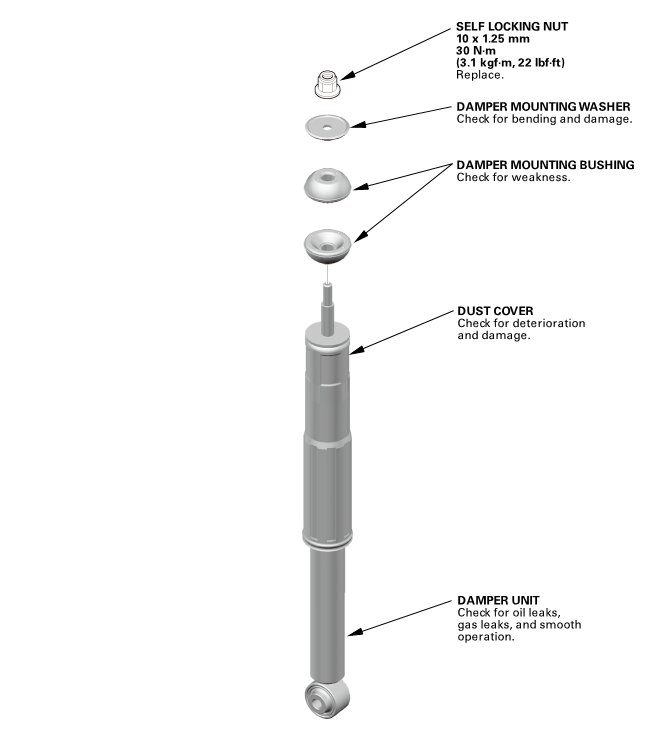 se.rlockingum10125mmmminmountingandmountingamanduurrorallandsmeelh
se.rlockingum10125mmmminmountingandmountingamanduurrorallandsmeelh

|
NOTE: Refer to the Exploded View as needed during the following procedures. |
| 1. | Vehicle Lift |
|
| 2. | Rear Wheel |
|
|
|
| 3. | Rear Knuckle - Jack Up |
|
|
|
| 4. | Rear Damper Lower Side - Disconnection |
|
|
|
| 5. | Trunk Floor Cover |
|
|
|
|
|
|
| 6. | Trunk Lid Weatherstrip as Needed |
|
|
|
| 7. | Trunk Rear Trim Panel |
|
|
|
| 8. | Trunk Side Trim Panel |
|
|
|
| 9. | Rear Damper Upper Side |
|
|
|
| 10. | Rear Damper |
|
|
|

| 1. | Rear Damper - Inspection |
|
|
|

|
NOTE: Refer to the Exploded View as needed during the following procedures. |
| 1. | Rear Damper |
|
|
|
| 2. | Rear Knuckle - Jack Up |
|
|
|
| 3. | Rear Damper Lower Side - Reconnection |
|
|
|
| 4. | Rear Damper Lower Side - Tighten Under Vehicle's Weight |
|
| 5. | Rear Damper Upper Side |
|
|
|
|
|
|
| 6. | Trunk Side Trim Panel |
|
|
|
| 7. | Trunk Rear Trim Panel |
|
|
|
| 8. | Trunk Lid Weatherstrip as Needed |
|
|
|
| 9. | Trunk Floor Cover |
|
|
|
|
|
|
| 10. | Rear Wheel |
|
|
|
||||||
| 11. | Pre-Alignment Checks |
|
| 12. | Camber - Inspection |
|
||||||||||||||||||||||||||||||||||||||||||||||||||||||||||||||||||||||||||||||||||||||
| 13. | Rear Toe - Inspection |
|
||||||||||||||||||||||
 Dampers/Shocks
Dampers/Shocks
...
 Rear Damper Removal, Installation, and Inspection (Natural Gas models)
Rear Damper Removal, Installation, and Inspection (Natural Gas models)
1.
Rear Damper Exploded View
Exploded View
se.rlockingum10125mmmminmountingandmountingamanduurrorallandsmeelh
1.
Vehicle Lift
...
See also:
Honda Civic Owners Manual. Options During a Call
The following options are available during a call.
Swap Call: Put the current call on hold to answer the incoming call.
Mute: Mute your voice.
Transfer Call: Transfer a call from HFL to your phone.
Dial Tones: Send numbers during a call. This is useful when you call a
menu-driven
phon ...

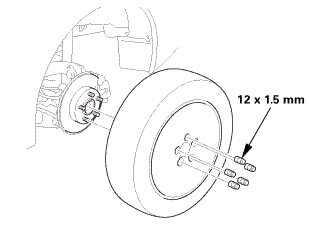
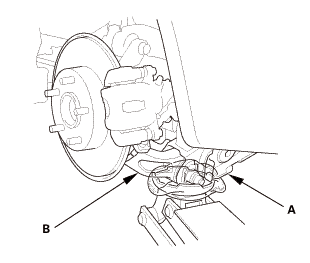
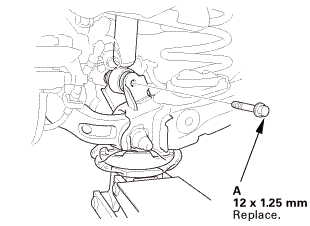
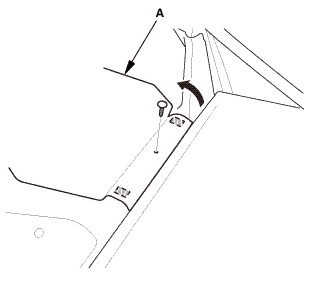
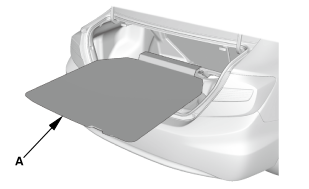
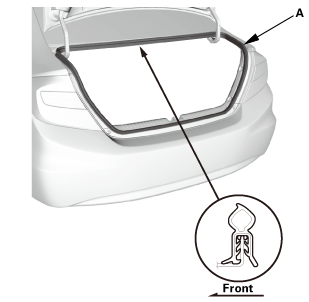
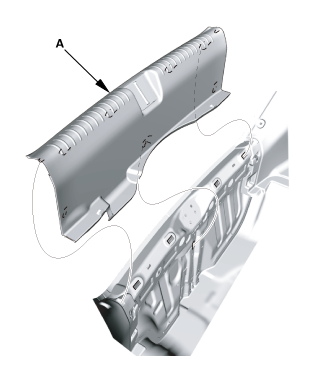
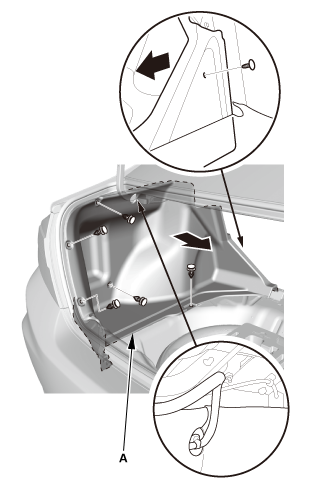
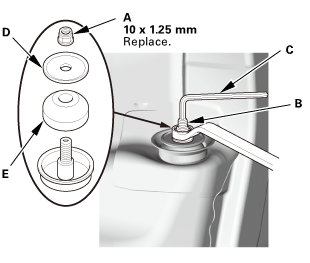
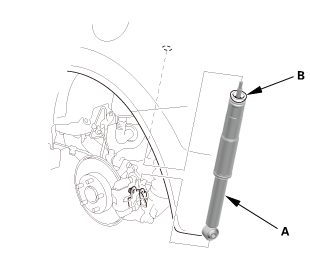
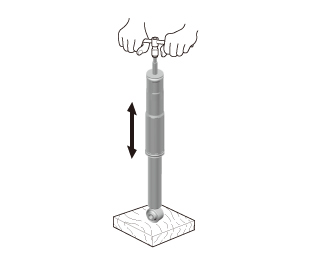
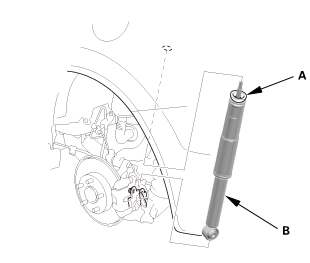
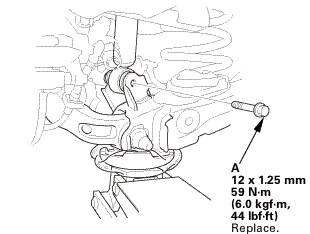
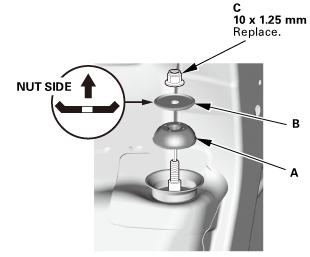 125mm
125mm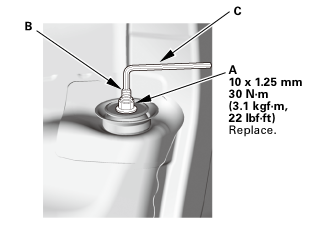 inmm22
inmm22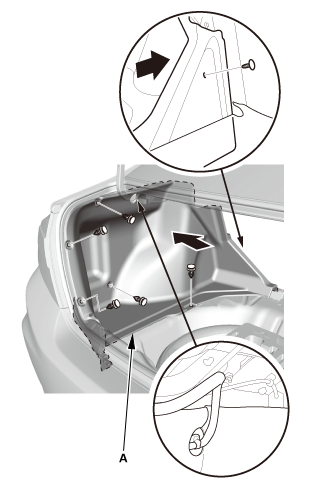
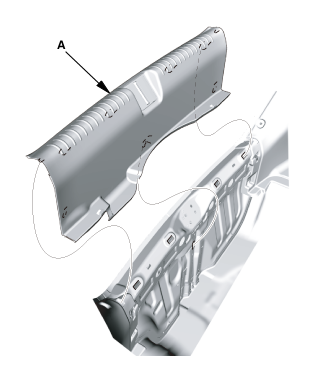
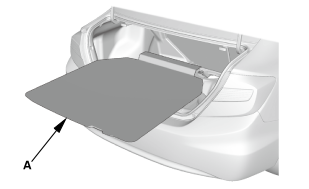
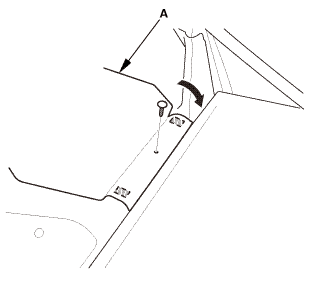
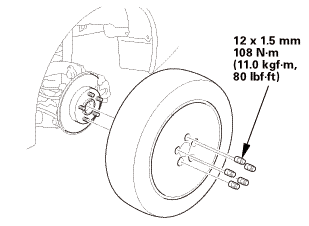 15mmumum
15mmumum